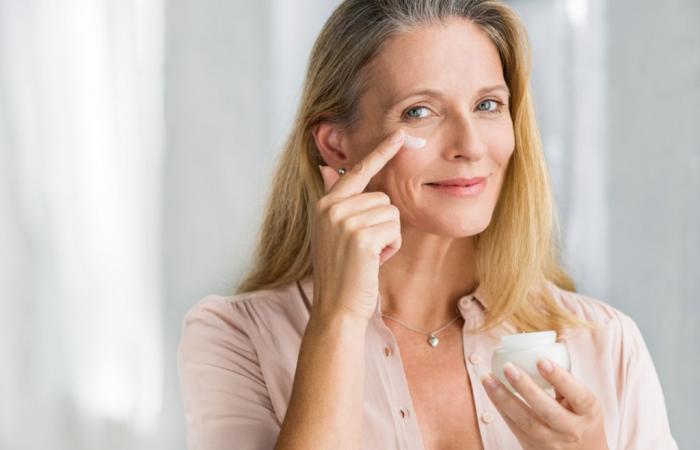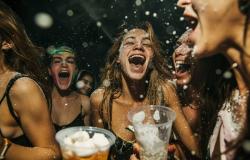In light of these elements, the line between hydration and anti-aging is increasingly fine. The anti-aging segment is neck and neck with the hydration segment in terms of turnover. Anti-aging generated more than 192 million euros (versus 204 million euros for hydration), up 7%. A dynamic which also attracts selective brands such as Clarins or the Estée Lauder group which seem to be strengthening their positions in pharmacies. “The pharmacy offers a positioning that is as scientific as it is premium, recalls Pierre Juhen, president of Finoli (owner of Patyka). Anti-aging is a leading health category that is gaining market share, with a scientific approach well advised by a professional. » What appeals: the rapid effectiveness and above all, the concentration of active ingredients. “The trend is towards an increasingly elaborate routine with serum, care and sun protection”, eexplains Angélique Mahot, general directore Caudalie France. And Charlotte Cabel, marketing manager France, Belgium and Switzerland of the SVR laboratory, added : “Consumers are increasingly aware and informed on the subject. Key active ingredients such as vitamin C, retinol, collagen and hyaluronic acid are known to everyone and highly sought after. » This is evidenced by the success of Caudalie’s latest addition, the Resveratrol-Lift range, which places four of its references in the top 10 of Gers innovations. The brand is also announcing, for 2025, a major novelty in the anti-aging segment. The race for flagship assets and technologies is frantic. This year, Eucerin and Filorga launched two significant discoveries: the first is based on epigenetic research conducted by Beiersdorf and the second is inspired by aesthetic medicine with a formula that would be as effective as a revitalizing injection protocol . Elie Saad, Eau Thermale Jonzac sales director, has one caveat: “The last three years have been marked by a change in promises. » The launches focus less on the prism of correction than that of prevention, or even aging better. However, the category is in full sophistication, borrowing the codes of perfumery. This is evidenced by the success of serums (+20% in volume) or night creams, like the star product Dermabsolu from Avène, the range for mature skin which is getting a makeover. In this strategic and competitive category, laboratories do not skimp on the means to support pharmacy staff. “We implement driving forces such as challenges and activities, because given the competition, having the right products is not enough”underlines Pierre Juhen.
On the path to aging better
Beyond product categories, more and more players in dermocosmetics are committed to taking care of women’s hormonal changes and which are taken into consideration in the fight against skin aging in particular. This is the case of Vichy which launched, last May, its platform www.hormonall.com. With the help of Wellbeing of Women experts, health specialists, gynecologists and researchers, Laboratoires Vichy have co-created four training modules around the key stages of a woman’s life: puberty, the cycle menstrual, postpartum and menopause. Each module, approximately 15 minutes long, offers a lot of health information.
Specific care drives growth
The facial care market is obviously not just about hydration and anti-aging. This year, anti-acne, anti-redness and specific eye contour products are also experiencing strong growth at +18.7%, +12.6% and +9.7% respectively in value. Anti-stain care is doing well with +20.3%, driven by sustained innovation in 2023. “It is specific care that is driving the growth of the market and in particular anti-stain which was super powerful in spring 2024 with a battle of advertising campaigns on the subject”says Charlotte Cabel for SVR. Caudalie made headlines in a collaboration with influencer Léna Situations for Vinoperfect. Or even Mela B3 from La Roche-Posay which was displayed everywhere last spring.






